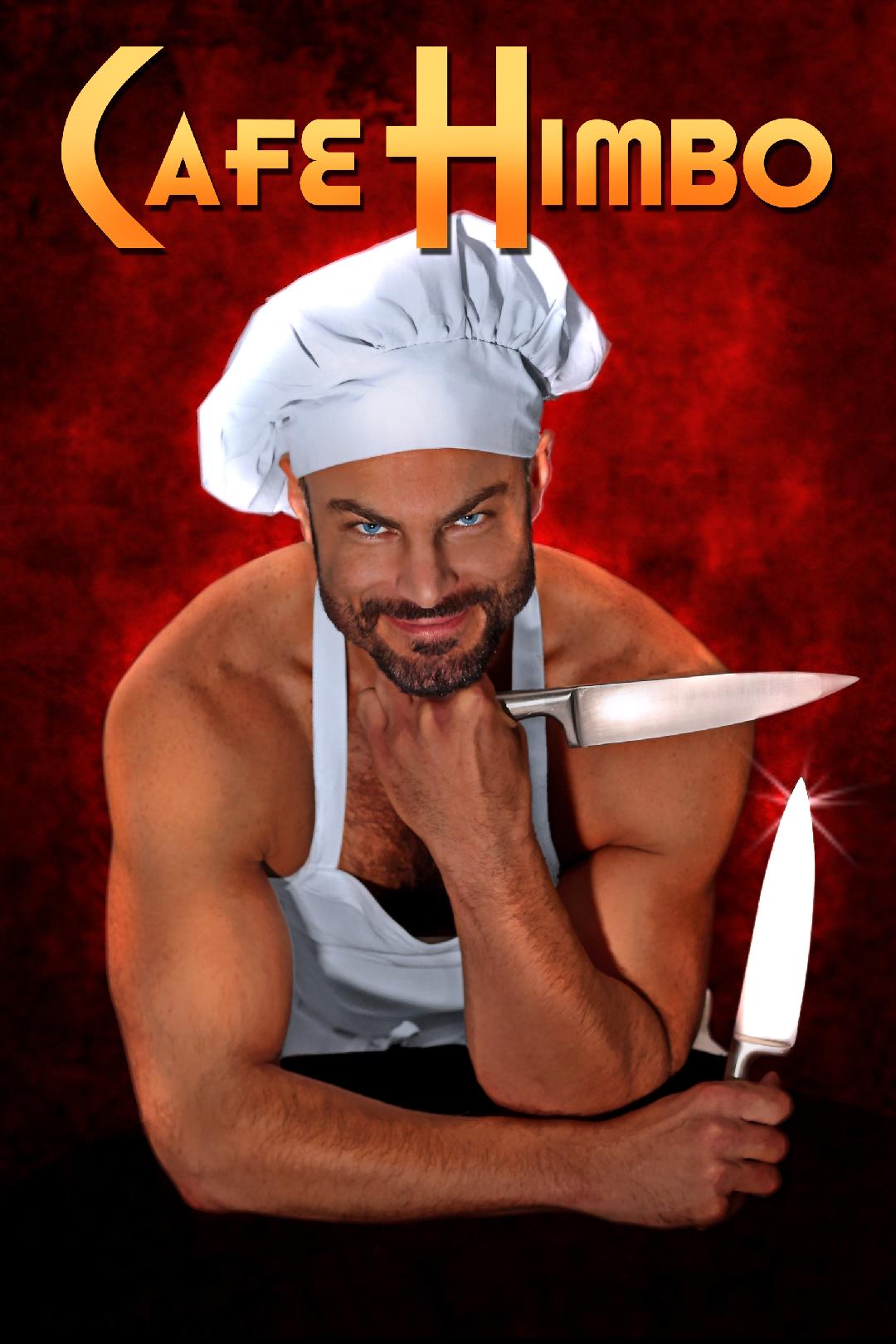
by Justin Lockwood | Sep 29, 2019 | Blog
“It was one of those freezing cold days,” author and actor Joe Zaso recalls, explaining the genesis of his series of “Café Himbo” cookbooks, “I was home and I love to cook, and I decided to start dabbling in recipes and things. Back then I was in the West...
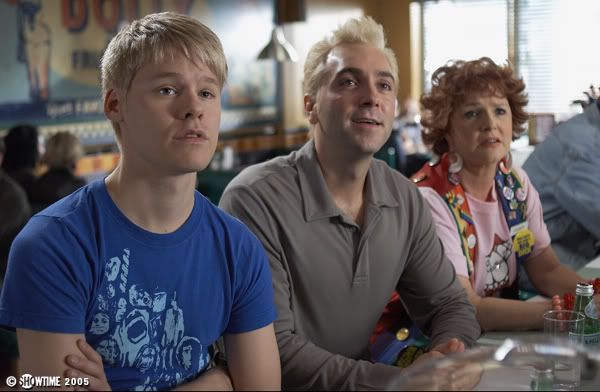
by Justin Lockwood | Sep 4, 2019 | Blog
My geeky, Pokemon Go loving friend Mick came out not too long ago, and I got the idea to make him a list of my personal “gay canon” of films and TV (with a few books thrown in for good measure). I sent him this list on the occasion of this past weekend’s Pride...
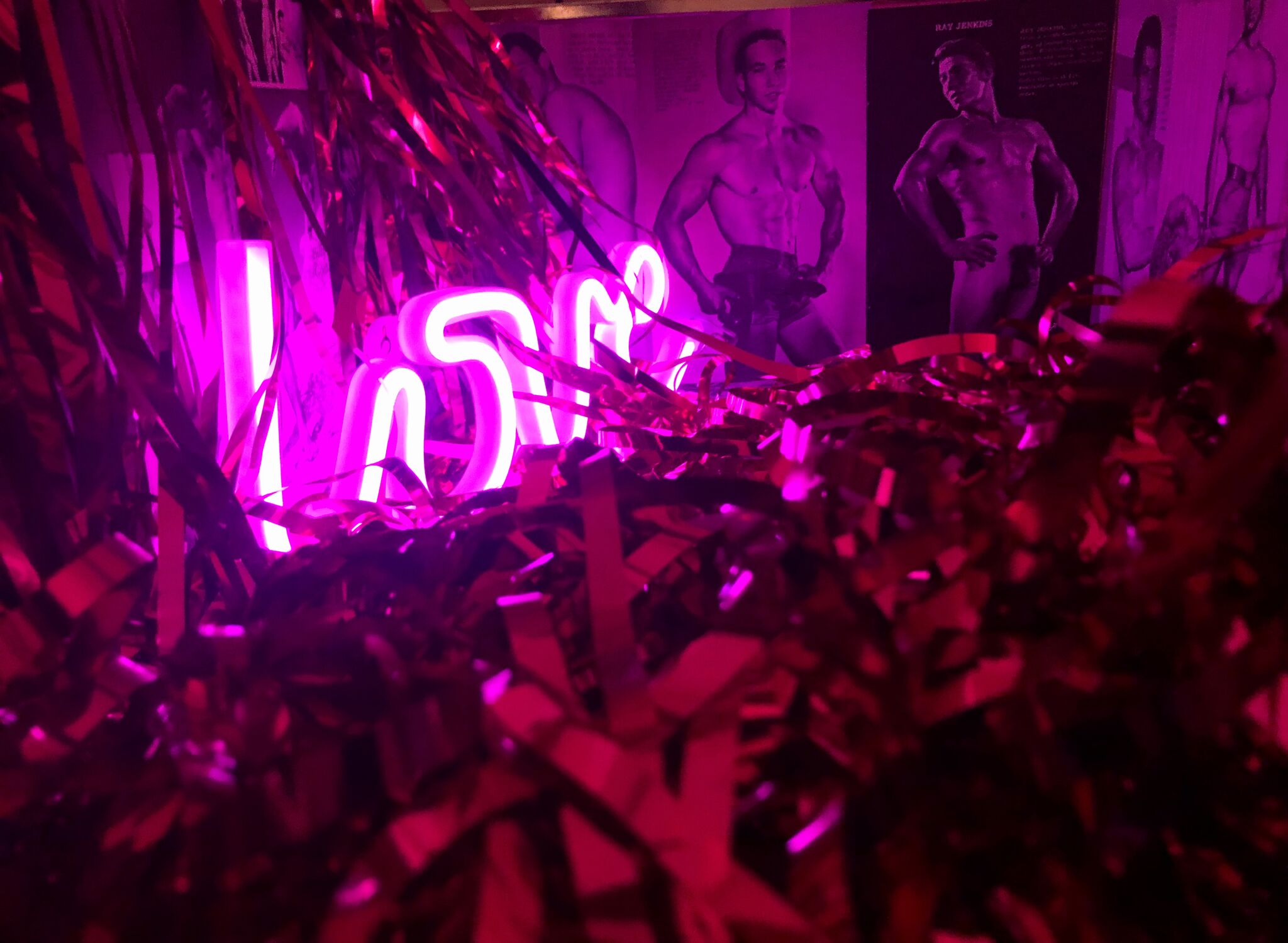
by Justin Lockwood | Jun 29, 2019 | Blog
“A lot of VR asks you to ‘pretend you’re a Black person for five minutes’ or ‘pretend you’re a trans person,'” explains Ilya Szilak, co-creator (with Cyril Tsiboulski) of the virtual reality experience and real world...
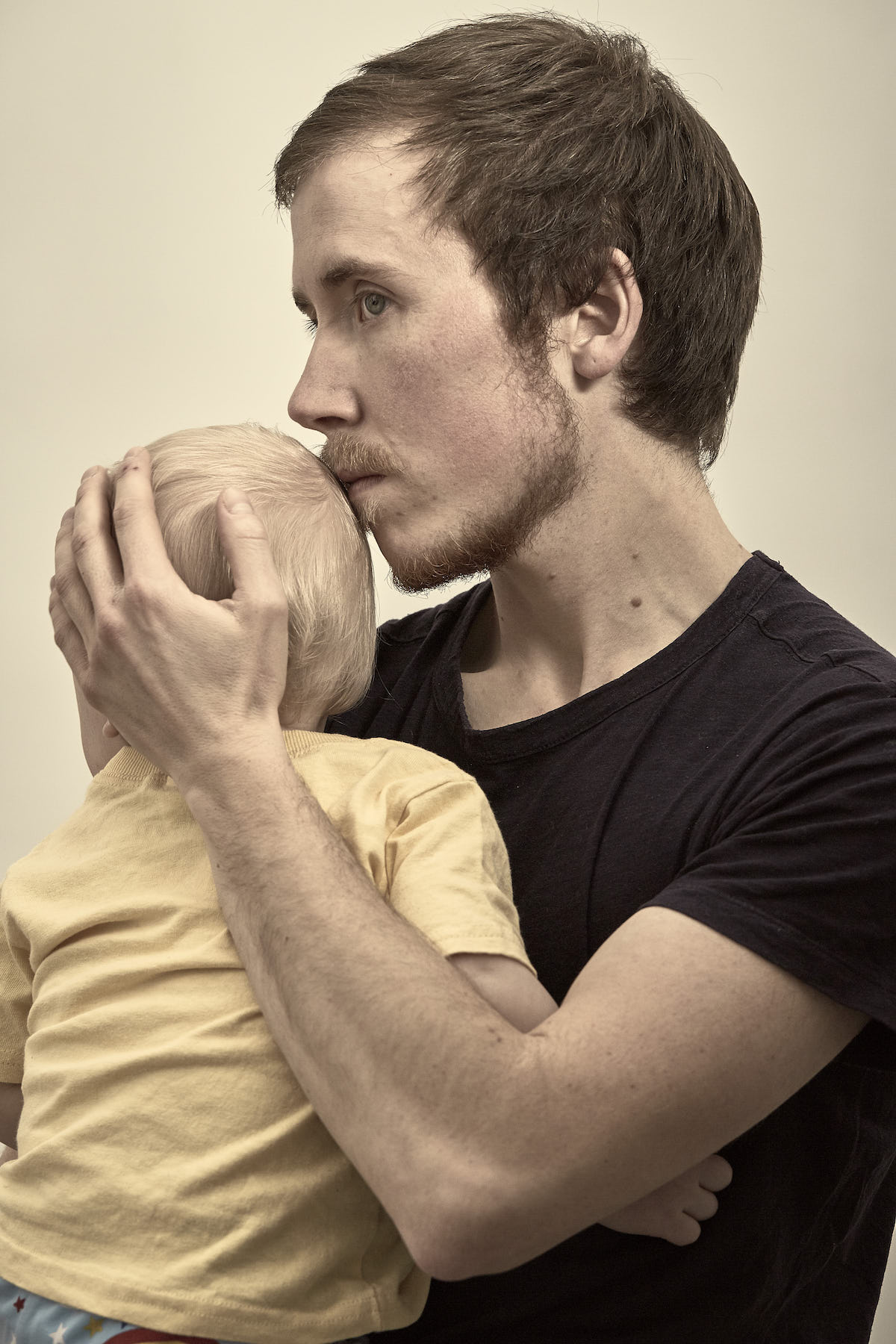
by Justin Lockwood | Jun 16, 2019 | Blog
In Jeanie Finlay’s sublime, affecting documentary Seahorse, trans man Freddy McConnell embarks on a profound personal journey when he decides to become pregnant. Freddy deals with all of the physical challenges of pregnancy plus the added stressors of gender...
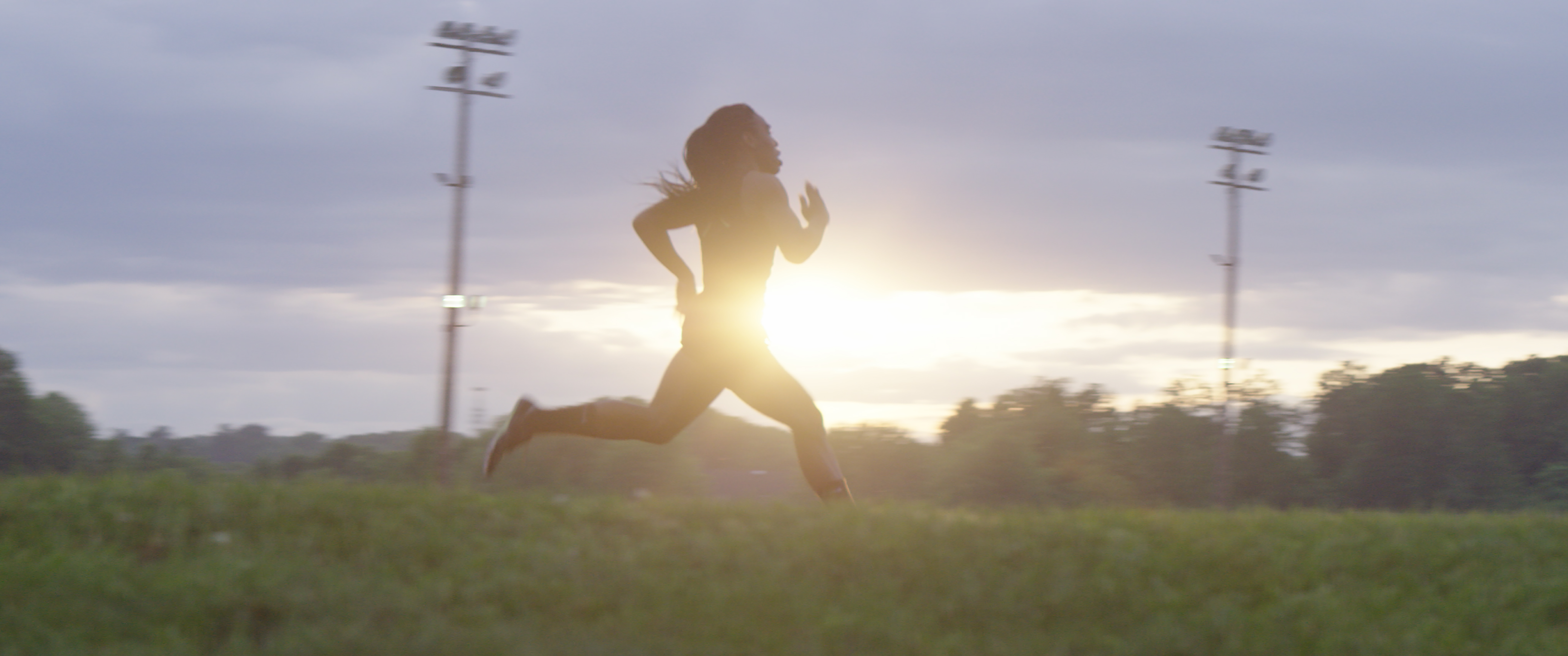
by Justin Lockwood | May 29, 2019 | Blog
When the documentary Changing the Game played at the Tribeca Film Festival, journalists were invited to a roundtable discussion with the transgender athletes featured in the film. At the cozy Battery Park offices of GLSEN, teens including wrestler Mack Beggs,...






